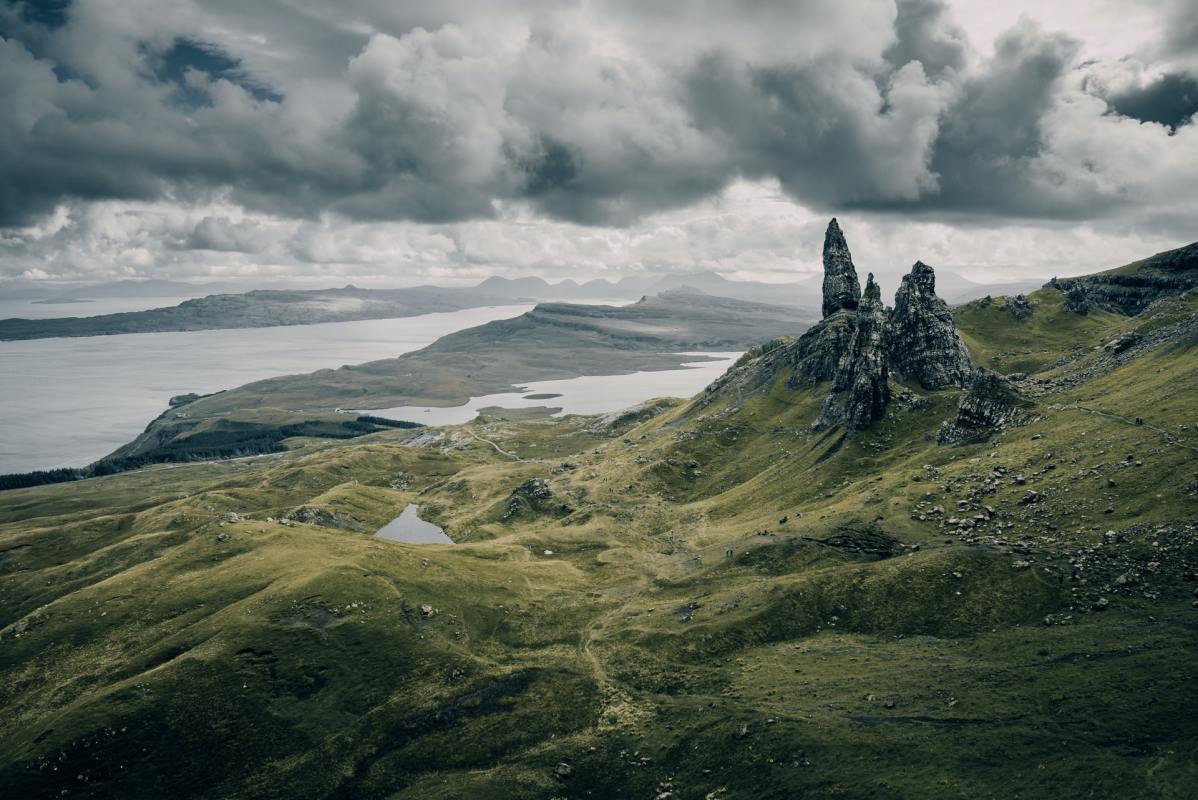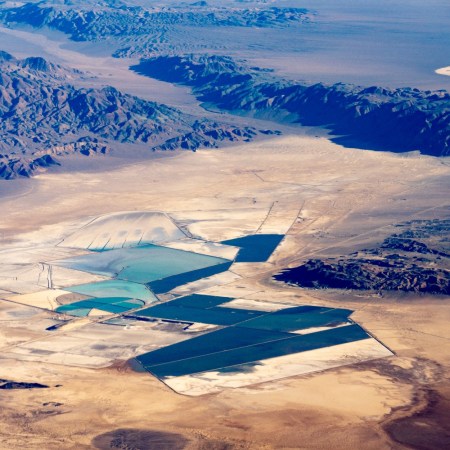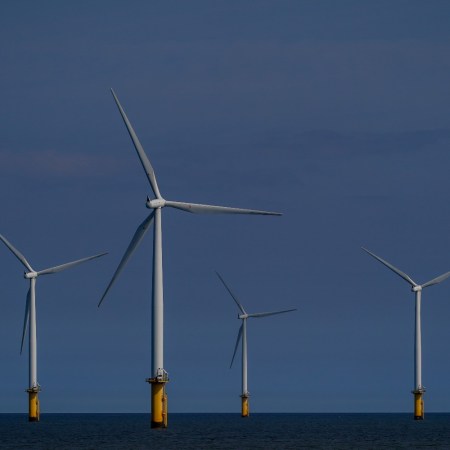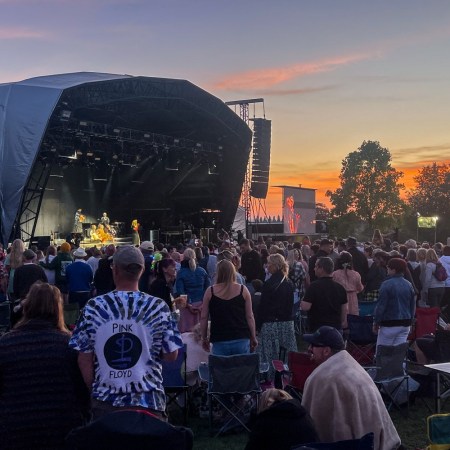Thinking about land and preservation in certain ways can make one’s head spin. A new article in The Atlantic by Cathleen O’Grady explores the phenomenon of “green lairds” in Scotland — and a very particular subset of that. The short version: across Scotland, there is a growing number of very wealthy people for whom preserving land has taken on a competitive aspect.
Choose your form of prestige: you could buy a bepoke sports car or you could preserve hundreds or even thousands of acres. The latter seems like an eminently understandable option — but, as O’Grady’s article points out, there’s a catch. This phenomenon has left more land protected, but has also driven up the cost of real estate throughout Scotland.
The high-profile figures buying up land in Scotland range from the beer company BrewDog (who have been enmeshed in some other controversies as of late) to Danish fashion retailer Anders Holch Povlsen, who happens to be Scotland’s richest person.
The Atlantic notes that Povlsen owns 230,000 acres in Scotland, an amount that O’Grady writes is “larger than the Scottish holdings of the Queen or any other royal.” But in a situation where smaller communities are buying up land and using it to situate things like wind turbines — which, in turn, offer a way for them to generate income, the situation at hand seems caught between two parallel but dissonant narratives.
At stake are some of the world’s most beautiful landscapes and the shift towards cleaner energy around the world; then again, as the saying goes, no one said this would be easy.
Thanks for reading InsideHook. Sign up for our daily newsletter and be in the know.


















